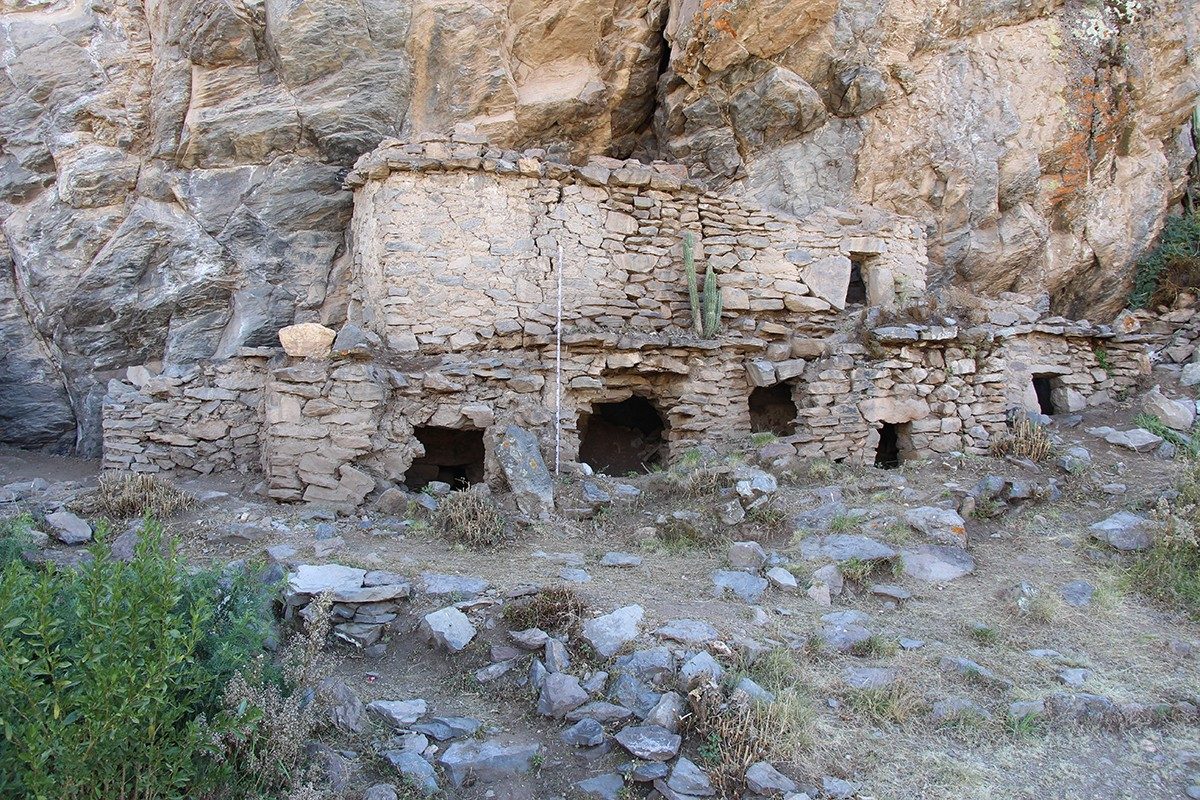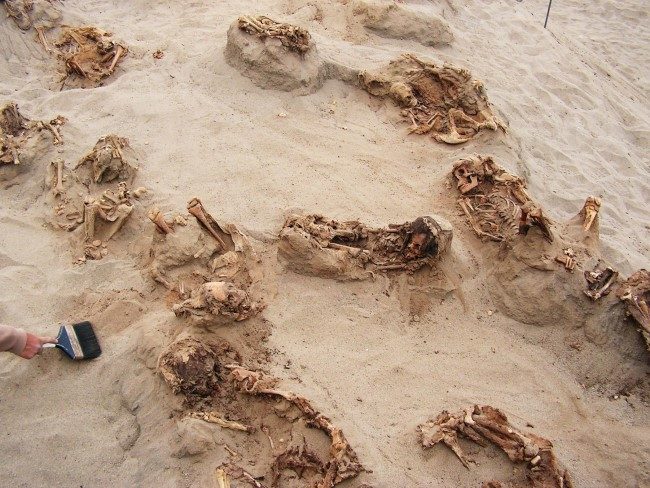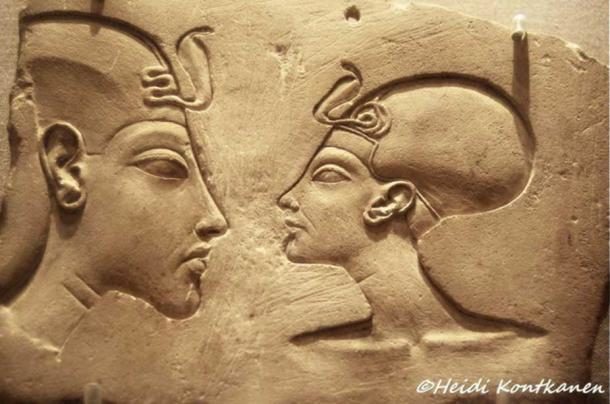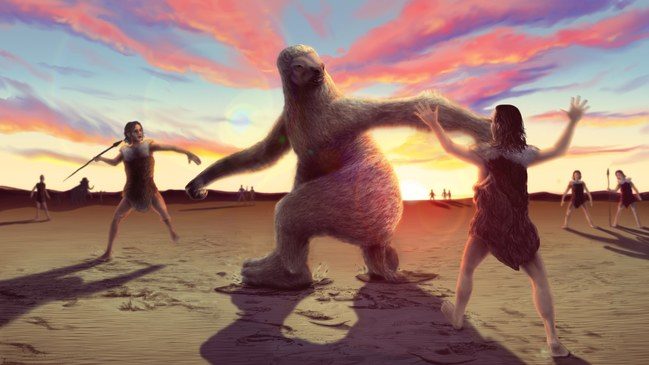OF THE
TIMES





My work is all about following the lines of Pagan/shamanistic ideas and teachings back to the Ice Ages - the cave painters, the Northern European origins - to find the most original, fundamental, common foundation of all of them. The idea that there was a time when man was directly in contact with the Celestial Beings is at the root of many of the myths of the Golden Age. Myths tell us of a time when the 'gods withdrew' from mankind. As a result of some 'happening', i.e., 'The Fall', when the communications were broken off and the Celestial Beings withdrew to the highest heavens.
Comment: And this is to say nothing of what the US has and is now doing around the world:
Pentagon Biological Weapons Program Never Ended: US Bio-labs Around The World